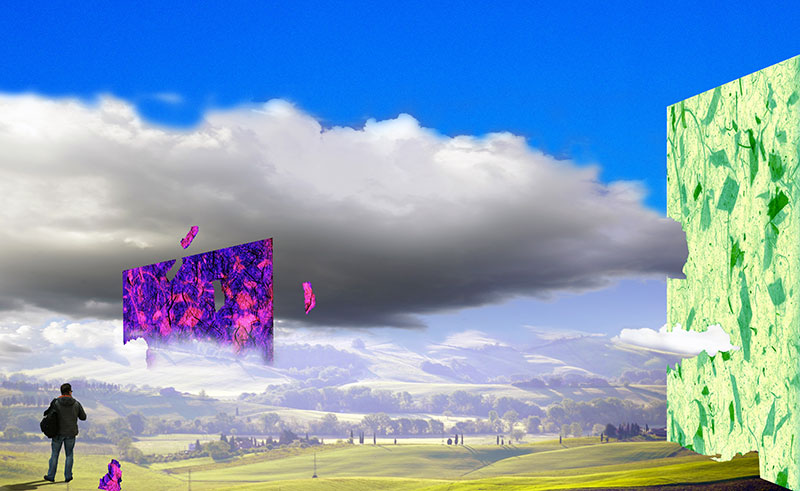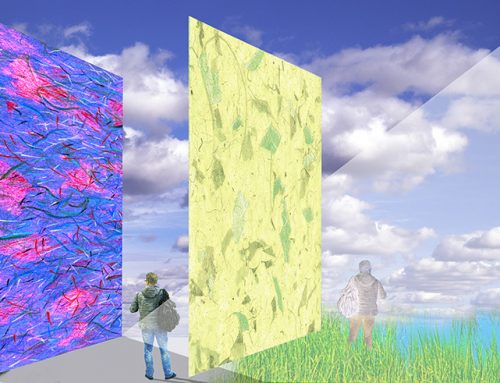Arts 101 what are the arts?
Arts 101: The word “art” and its’ many extensions has countless meanings, countless definitions, and countless interpretations. So much has been written on the subject of art that today, it is hard albeit quite impossible to definitively define the term. This post is aimed at learning. It will chart the main concepts in an attempt at clarifying the main branches of what has generally come to be known as “art”.
Art
Noun – the expression or application of human creative skill and imagination, typically in a visual form such as painting or sculpture, producing works to be appreciated primarily for their beauty or emotional power. (Dictionary)
“…a diverse range of human activities in creating visual, auditory or performing artifacts (artworks), expressing the author’s imaginative or technical skill, intended to be appreciated for their beauty or emotional power. In their most general form, these activities include the production of works of art, the criticism of art, the study of the history of art, and the aesthetic dissemination of art. (Wikipedia)
Visual Art
Noun – Creative art whose products are to be appreciated by sight, such as painting, sculpture, and film-making (as contrasted with literature and music)
“Art forms that create works that are primarily visual in nature.” (Wikipedia)
Fine Art
Noun – a visual art considered to have been created primarily for aesthetic purposes and judged for its beauty and meaningfulness, specifically, painting, sculpture, drawing, watercolor, graphics, and architecture.
“In European academic traditions, fine art is art developed primarily for aesthetics or beauty, distinguishing it from applied art that also has to serve some practical function, such as pottery or most metalwork.
Historically, the five main fine arts were painting, sculpture, architecture, music, and poetry, with performing arts including theater and dance. Today, the fine arts commonly include additional forms, such as film, photography, video production/editing, design, sequential art, conceptual art, and printmaking. However, in some institutes of learning or in museums, fine art and frequently the term fine arts as well, are associated exclusively with visual art forms.
As originally conceived, and as understood for much of the modern era, the perception of aesthetic qualities required a refined judgment usually referred to as having good taste, which differentiated fine art from popular art and entertainment.
The word “fine” does not so much denote the quality of the artwork in question, but the purity of the discipline according to traditional Western European canons. This definition originally excluded the applied or decorative arts and the products of what was regarded as crafts. In contemporary practice, these distinctions and restrictions have become essentially meaningless, as the concept or intention of the artist is given primacy, regardless of the means through which this is expressed.”(Wikipedia)
Applied Art
Noun – any art that applies aesthetic principles to the design or decoration of useful objects, such as industrial design, illustration, printmaking and commercial art
The applied arts are the application of design and decoration to everyday objects to make them aesthetically pleasing. The term is applied in distinction to the fine arts which aims to produce objects which are beautiful or provide intellectual stimulation. In practice, the two often overlap. The fields of industrial design, graphic design, fashion design, interior design, and the decorative arts are considered applied arts. In a creative or abstract context, the fields of architecture and photography are also considered applied arts. (Wikipedia)
Graphic art
Noun – the visual arts based on the use of line and tone rather than three-dimensional work or the use of color (Google)
Also called graphics, the arts or techniques, as engraving, etching, drypoint, woodcut, lithography, and other methods, by which copies of an original design are printed from a plate, block, or the like (Dictionary)
A category of fine art, graphic art covers a broad range of visual artistic expression, typically two-dimensional, i.e. produced on a flat surface.[1] The term usually refers to the arts that rely more online or tone than on colour, especially drawing and the various forms of engraving;[2] it is sometimes understood to refer specifically to printmaking processes, such as line engraving, aquatint, drypoint, etching, mezzotint, monotype, lithography, and screen printing (silk-screen, serigraphy). Graphic art further includes calligraphy, photography, painting, typography, computer graphics, and bindery. It also encompasses drawn plans and layouts for interior and architectural designs. (Wikipedia)
Graphic art, the traditional category of fine arts, including any form of visual artistic expression (e.g., painting, drawing, photography, printmaking), usually produced on flat surfaces. Design in the graphic arts often includes typography but also encompasses original drawings, plans, and patterns for the decorative arts (e.g., furniture, tapestry, ceramics), interiors, and architecture.(Britannica)
Decorative Art
Noun – art that is meant to be useful as well as beautiful, as ceramics, furniture, jewelry, and textiles.
Decorative art, any of those arts that are concerned with the design and decoration of objects that are chiefly prized for their utility, rather than for their purely aesthetic qualities. Ceramics, glassware, basketry, jewelry, metalware, furniture, textiles, clothing, and other such goods are the objects most commonly associated with the decorative arts. Many decorative arts, such as basketry or pottery, are also commonly considered to be a craft, but the definitions of both terms are arbitrary. It should also be noted that the separation of decorative arts from art forms such as painting and sculpture is a modern distinction. (Britannica)
Commercial Art
Noun – art used in advertising and selling
Commercial art is the art of creative services, referring to art created for commercial purposes, primarily advertising. Commercial art traditionally includes designing books, advertisements of different products, signs, posters, and other displays to promote sale or acceptance of products, services, or ideas.(Wikipedia)
Digital Art
Noun – art created or modified using a computer or other digital medium
Digital art is an artistic work or practice that uses digital technology as an essential part of the creative or presentation process. Since the 1970s, various names have been used to describe the process, including computer art and multimedia art. Digital art is itself placed under the larger umbrella term new media art.
Some artists use materials like paints and brushes to create art. Today, many others also use modern means of exploring creativity, like video technology, television, and computers. This type of art is called digital art. (study.com)
Conclusion
In a world of constant lightspeed changes, everything evolves very fast on a daily basis. The changes also include among others the concepts and meanings of art, where the clear demarcation lines between the many branches of art are quickly dissolving, leaving us only with an amorphous concept the so-called “Art”.
Suggested Reading
Artwork 101: Understanding paintings – artgreeT Blog
Digital Art – artgreeT Blog
Art Definition – artgreeT Blog
Art Of – artgreeT Blog






